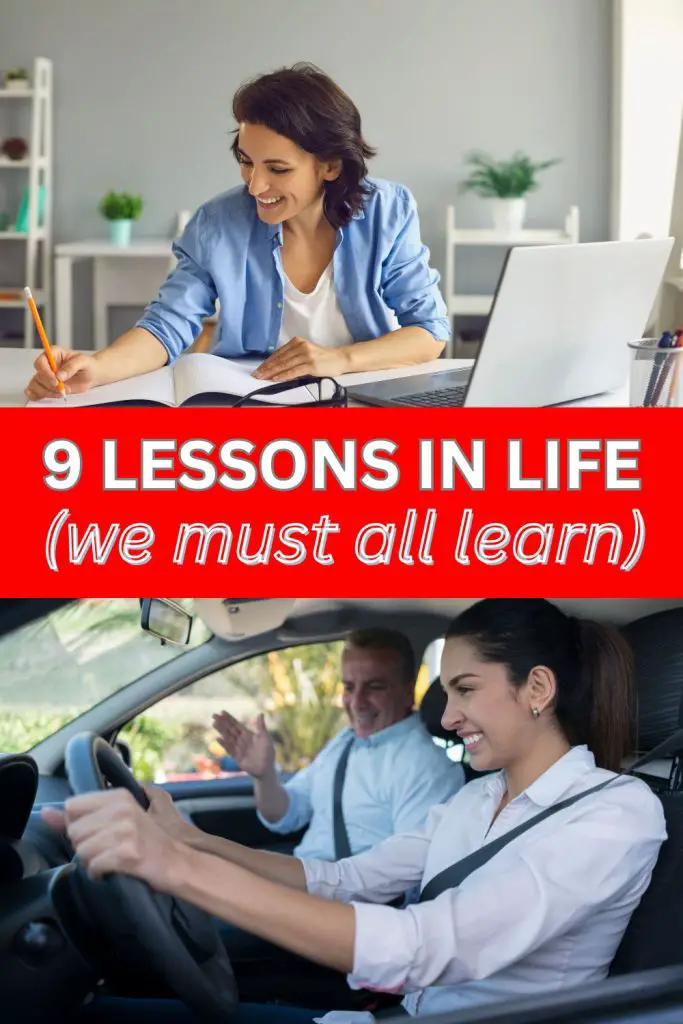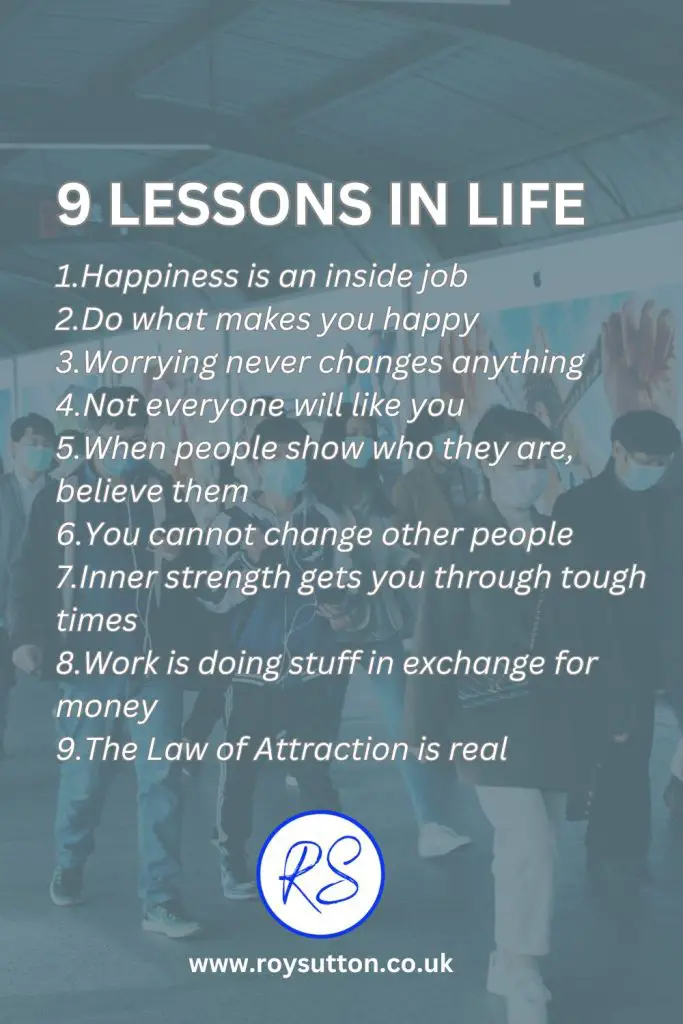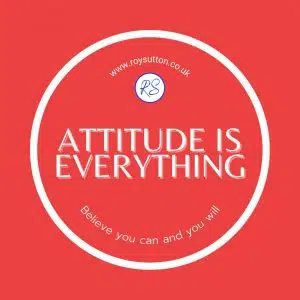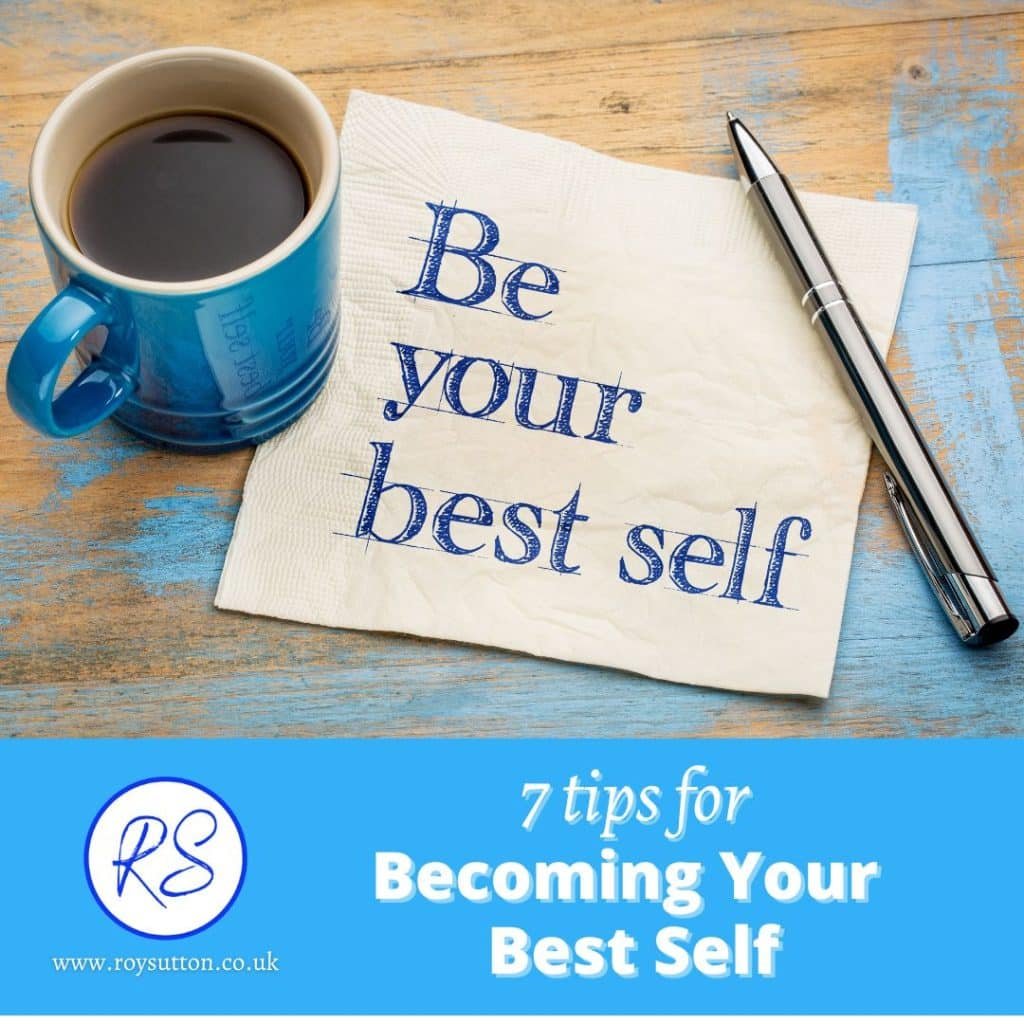
It’s that time of year when festivities require us to dress up. So, you might be looking for guidance on how to tie a tie step by step. If that’s the case, this article has been written just for you.
Learning to tie a tie is a valuable skill for any well-dressed person. Whether you’re preparing for a job interview, attending a wedding, or want to look sharp, knowing how to tie a tie can make a big difference.
The easiest and most common method for beginners is the Four-in-Hand knot, which creates a simple, classic look suitable for most occasions.
There are several types of tie knots to choose from, each with its difficulty level and style. The Windsor and Half-Windsor knots are popular choices for more formal events, while the Four-in-Hand is versatile enough for everyday wear. With practice, anyone can master these techniques and add a touch of elegance to their outfit.
Tying a tie may seem daunting at first, but it’s a skill that can be learned quickly with the right guidance. By following step-by-step instructions and practising regularly, you’ll soon be able to tie a necktie with confidence and ease. Let’s explore some of the most common tie knots and how to achieve them.
Key Takeaways
- Learning to tie a tie is an essential skill for formal and professional settings.
- The Four-in-Hand knot is the simplest and most versatile option for beginners.
- Regular practice helps perfect tie-tying techniques for various knot styles.
How to tie a tie step by step

Understanding the Basics
Tying a tie involves knowing about different tie styles, parts, and knot types. These elements work together to create a polished look.
Types of Ties
Neckties come in various styles to suit different occasions. The classic necktie is the most common, typically 3-4 inches wide and 57-58 inches long. Skinny ties are narrower, usually 2-3 inches wide.
Bow ties offer a more formal option, often seen at black-tie events. They require a different tying technique than standard neckties.
Ascots and cravats are less common but add a touch of elegance to formal daywear.
Components of a Tie
A tie consists of several key parts:
- Blade: The wide, visible front part
- Tail: The narrower back section
- Tip: The pointed end of the blade
- Loop: The fabric strip on the back for securing the tail
- Interlining: Internal material that gives the tie structure
The blade and tail lengths can vary, affecting the tie’s appearance when knotted. Quality ties often feature a slip stitch allowing them to maintain their shape.
Types of Knots
Several tie knots exist, each suited to different collar styles and occasions:
- Four-in-Hand: Simple, versatile, and suitable for most collars
- Half Windsor: Triangular, balanced knot for spread collars
- Full Windsor: Large, symmetrical knot for wide-spread collars
- Pratt (Shelby): Medium-sized knot, good for light to medium fabrics
- Bow Tie: Used for formal events and tuxedos
The choice of knot depends on factors like tie fabric, shirt collar, and personal style. Mastering a few basic knots provides flexibility for various situations.
Preparation for Tying a Tie
Getting ready to tie a tie involves two key steps. These steps ensure you have the right foundation for a polished look.
Selecting the Correct Tie Length
The right tie length is crucial for a neat appearance. A tie should reach the top of your belt buckle when tied. For most men, this means choosing a tie between 57 and 59 inches long.
Taller men may need longer ties, while shorter men can opt for slightly shorter ones. When shopping, look for ties labelled “regular” or “extra-long” based on your height.
Before tying, drape the tie around your neck. The wide end should hang about 12 inches lower than the narrow end. This gives you enough length to work with as you tie the knot.
Dress Shirt and Collar Considerations
The dress shirt forms the backdrop for your tie. Choose a shirt with a collar that complements your face shape and the occasion.
For formal occasions, opt for a spread collar or point collar shirt. These work well with most tie knots. Button the shirt up, including the top button.
Make sure your collar stays crisp. Use collar stays if your shirt has slots for them. This keeps the collar points in place and helps the tie sit neatly.
Before tying, fold up your shirt collar. This makes it easier to adjust the tie as you work. Once tied, fold the collar back down for a clean look.
Tying the Four-in-Hand Knot
The Four-in-Hand knot is a classic tie knot known for its simplicity and versatility. It works well for most shirt collars and tie fabrics, making it a go-to choice for many occasions, including job interviews.
Step-By-Step Guide
- Drape the tie around your neck. The wide end should hang about 12 inches lower than the narrow end.
- Cross the wide end over the narrow end.
- Bring the wide end behind the narrow end.
- Pull the wide end up and push it through the loop behind the narrow end.
- Hold the front of the knot loosely with your index finger and bring the wide end down through the front loop.
- Tighten the knot by holding the narrow end and sliding the knot up to the collar.
- Adjust the dimple in the tie by pinching it just below the knot.
Tips for Mastery
Practice is key to perfecting the Four-in-Hand knot. Try different tie fabrics and thicknesses to see how they affect the final look.
For job interviews, choose a tie width that matches your lapel width. This creates a balanced, professional appearance.
Adjust the length so the tip of the tie just reaches your belt buckle. Too long or short can look sloppy.
Remember to create a dimple in the tie just below the knot. This adds a touch of sophistication to your look.
Tying the Windsor and Half-Windsor Knots
The Windsor and Half-Windsor knots are popular tie styles for formal occasions. These knots create a symmetrical triangular shape at the neck, with the Full Windsor being slightly larger than its half counterpart.
Full Windsor Knot Procedure
The Full Windsor knot is large and symmetrical, perfect for wide collar spreads. To tie it:
- Drape the tie around your neck with the wide end on the right.
- Cross the wide end over the narrow end.
- Bring the wide end up and through the neck loop.
- Pull it down to the left and behind the narrow end.
- Bring the wide end up and over to the right.
- Pull it through the neck loop again.
- Pass the wide end across the front from right to left.
- Bring it up through the neck loop one last time.
- Insert the wide end down through the knot in front.
- Adjust and tighten the knot.
This knot is ideal for weddings and very formal events.
Half-Windsor Knot Method
The Half-Windsor knot is slightly smaller but still elegant. To tie it:
- Start with the wide end on the right, about 12 inches lower than the narrow end.
- Cross the wide end over the narrow end.
- Bring the wide end up and through the neck loop from behind.
- Bring the wide end down to the left.
- Pass it behind the narrow end to the right.
- Bring the wide end up and through the neck loop again.
- Pass the wide end through the knot in front.
- Adjust the knot and tighten.
This versatile knot works well for most formal occasions and business settings.
Tying Other Popular Knots
Beyond the basic tie knots, there are several stylish options to elevate your look. These knots offer unique shapes and textures for different occasions and personal preferences.
The Pratt Knot
The Pratt Knot is a medium-sized knot that works well with most collar styles. It’s easier to tie than the Windsor but dressier than the Four-in-Hand.
To tie a Pratt Knot:
- Start with the tie inside out, wide end on your right.
- Cross the wide end under the narrow end.
- Bring the wide end up and push it down through the loop behind the narrow end.
- Pull the wide end to the right and pass it around behind the narrow end.
- Bring the wide end up and push it down through the loop in front.
- Hold the front of the knot loose with your index finger and pass the wide end down through the front.
- Remove your finger and tighten the knot carefully.
The Pratt Knot is versatile for both casual and formal occasions.
The Kelvin Knot
The Kelvin Knot is less common but offers a unique look. It’s similar to the Four-in-Hand but with an extra twist that creates a slight dimple.
Steps for tying a Kelvin Knot:
- Drape the tie around your neck with the wide end on your right.
- Cross the wide end over the narrow end.
- Bring the wide end up and push it down through the loop behind the narrow end.
- Bring the wide end to the right, then pass it behind the narrow end to the left.
- Bring the wide end up again and pass it down through the loop in front.
- Hold the knot loose and pass the wide end down through the front of the knot.
- Adjust and tighten carefully.
The Kelvin Knot works well with lighter fabrics and narrower ties.
Exotic Knots: Eldredge and Trinity
For those seeking a bold statement, the Eldredge and Trinity knots offer intricate designs.
The Eldredge Knot is complex but eye-catching:
- Start with the thin end as the active end.
- Create multiple loops and tucks to form a braided appearance.
- Finish by tucking the thin end behind the collar.
The Trinity Knot forms a three-sided shape:
- Begin with the wide end on the right, about 1.5 times longer than desired.
- Create three loops, each forming one side of the triangle.
- Tuck the wide end through the neck loop and adjust.
These knots are best for special events and paired with solid-coloured ties.
Advanced Tips and Tricks
Mastering tie-tying involves more than just learning knots. Proper care and problem-solving skills are key to a polished look.
Tie Care and Maintenance
To keep ties looking their best, hang them on a tie rack after each use. This helps the fabric relax and regain its shape. Avoid leaving knots tied, as this can cause permanent creases.
When travelling, roll ties gently and place them in a protective case. This prevents wrinkles and damage.
For silk ties, spot clean with water and a soft cloth. Avoid harsh chemicals or dry cleaning too often. Steam can help remove light wrinkles.
Store ties away from direct sunlight to prevent fading. Rotate your tie collection to distribute wear evenly.
Troubleshooting Common Issues
If a tie is too long, try a different knot. The Windsor or Half-Windsor knots use more fabric, making the tie appear shorter.
For a crooked knot, adjust the dimple. Pinch the fabric just below the knot while tightening to create a straight, centred dimple.
To fix a loose knot, tighten it from the narrow end. Gently pull the skinny part while holding the knot in place.
If the tie is too short, loosen the knot and readjust. Ensure the wide end hangs at the right length before tightening.
For stubborn wrinkles, use a cool iron with a cloth barrier. Press gently to avoid damaging delicate fabrics.
Alternatives to Traditional Ties
Neck accessories offer stylish options beyond classic neckties. Two popular choices are bow ties and clip-on ties. These alternatives can add flair to formal and casual outfits alike.
How to Tie a Bow Tie
Tying a bow tie adds a touch of sophistication to any outfit. It’s a skill worth mastering for special events.
Start by draping the bow tie around your neck. The ends should hang evenly on both sides. Cross the longer end over the shorter end.
Loop the longer end up and behind the shorter end. Pull it through the neck loop and down in front. This forms the basic bow shape.
Fold the hanging end into a bow shape. Bring the other end down in front of it. Pinch the centre and push it through the loop behind the bow.
Adjust both sides of the bow to even them out. Tug gently on the loops to tighten. With practice, you’ll perfect this classic look.
Using Clip-On Ties
Clip-on ties offer a quick and easy alternative for those who struggle with traditional knots. They’re especially useful for job interviews or weddings when time is short.
These ties come pre-tied with a clip attachment. Simply fasten the clip to your collar, adjusting it to sit comfortably at your neck.
Clip-on ties are available in various styles, including regular ties and bow ties. They often look similar to traditionally knotted ties.
While convenient, clip-ons may not suit all formal occasions. For important events, learning to tie a real knot is recommended.
Conclusion
Learning to tie a tie is a valuable skill. With practice, anyone can master different necktie knots. The four-in-hand, Windsor, and half-Windsor are popular choices.
Each knot has its look and style. The four-in-hand works well for most occasions. The Windsor creates a wider, more formal knot. The half-Windsor offers a balanced option.
Choosing the right knot depends on the shirt collar, tie fabric and event type. A well-tied tie can enhance any outfit and boost confidence.
Remember to adjust the length and tighten the knot carefully. The tip of the tie should reach the belt buckle.
Regular practice improves speed and skill. Soon, tying a tie becomes second nature.
Properly cared-for ties last longer. Untie knots after wearing and hang ties to prevent wrinkles.
With these steps and tips, anyone can confidently tie a necktie for any occasion.

Frequently Asked Questions
Tying a tie can seem tricky at first. These common questions cover different knots, techniques, and tips to help you master this essential skill.
What is the simplest way to tie a tie for beginners?
The Four-in-Hand knot is the easiest for beginners. It works well with most collar styles and tie fabrics.
To tie it, start with the wide end on your right side. Cross the wide end over the thin end. Wrap it around and bring it up through the neck loop.
Pull it down through the front knot. Adjust and tighten by sliding the knot up.
Can you explain the Windsor knot-tying process?
The Windsor knot creates a wide, triangular knot. It’s good for spread collars and formal events.
Start with the wide end on your right, about 12 inches lower than the thin end. Cross the wide part over the thin end.
Bring the wide end up and through the neck loop. Then down to the left.
Next, pass it behind the thin end to the right. Bring it up and through the neck loop again.
Pull it down through the front of the knot. Adjust for symmetry and tightness.
How do you tie a tie with detailed visual instructions?
Step-by-step diagrams can be very helpful for learning to tie a tie. They show each move clearly.
Look for guides with numbered steps and clear images. These often work better than text alone.
Video tutorials are also great. You can pause and replay as needed while practising.
What steps are involved in tying a tie for school?
For school uniforms, a simple knot like the Four-in-Hand often works best. It’s quick and easy to learn.
Start with the tie around your neck, wide end on the right. Cross the wide end over the thin end.
Loop the wide end behind and bring it up through the neck opening. Pass it down through the front loop.
Tighten by holding the thin end and sliding the knot up. Straighten it out and you’re ready for class.
Is there a straightforward method to tie a tie suitable for girls?
Girls can use the same tie-tying methods as boys. The Four-in-Hand knot is a good starting point.
Adjust the tie length as needed. The wide end should reach about the middle of the belt buckle when done.
Practice in front of a mirror. This helps with getting the right length and symmetry.
What techniques are recommended for tying a tie without assistance?
To tie a tie alone, practice in front of a mirror. This lets you see what you’re doing clearly.
Start with the tie draped around your neck, not buttoned to your collar. This gives more room to work.
Use a clip-on tie or pre-tied option if you’re in a hurry or struggle with manual dexterity.
Please share this post with your friends:
Did you find this article interesting and useful, dear reader?
If you did, then please share it on social media with your friends. When you share, everyone wins.
So go on, please share it now. If you can do that for me, I’ll be ever so grateful and you’ll be helping a keen blogger reach a wider audience.
Thank you for your support.

Other articles you might find interesting
- The 4 steps to financial freedom
- 7 tips for becoming your best self
- 11 tips for improving quality of life now
- What is life’s most precious resource?
- Daily Habits of Successful People
- How to find the right job for you: Simply Explained
- How to spot a liar and be your own lie detector
- Self-promotion and why it matters if you want success
- 21 things you need to know in life to avoid its pitfalls
- 9 tips for getting the most from your work
- How to sell anything to anybody
- Wealth Creation Strategies
- Brian Tracy: Habits of Success
- Why you should make a difference in life
- Why enjoying yourself can never be a waste of time
- Why passion is the key to success
Copyright © Mann Island Media Limited 2024. All rights reserved.



































